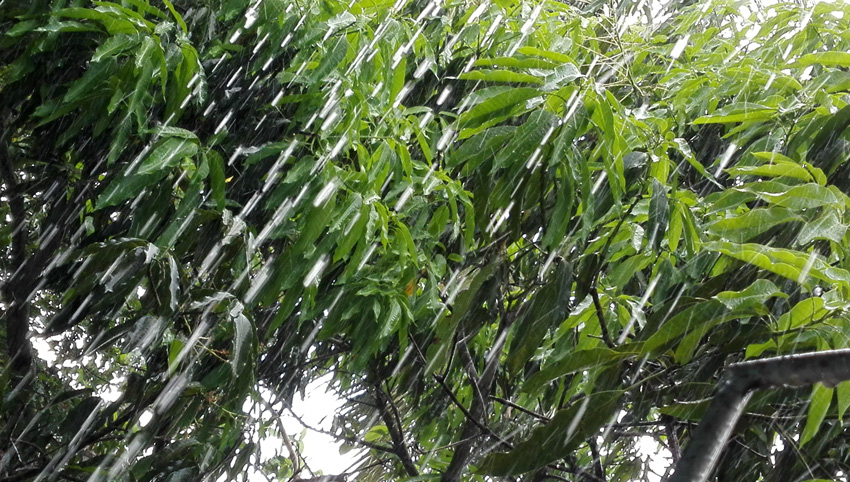
The rainfall in July was decisive so that the reservoirs in the province of Las Tunas did not drop below 50 percent of their capacity, since the rains registered in that month behaved at 132 percent in relation to the historical average for that period.
Las Tunas, Cuba.- In the month, 125.3 millimeters were accumulated, while the historical average is 95 millimeters, according to information provided by the Management Center of the Provincial Delegation of the National Institute of Hydraulic Resources.
Today, the dams of the territory are at 51 percent of their filling capacity, a figure that must rise very favorably in the remainder of the year, as the spring cycle is three months away.
With the rains in July, sugarcane and non-sugarcane agriculture and livestock received an important injection to increase the offensive in the sowing of various crops, sugarcane and pastures, to which the country has called with the aim of produce more food and strengthen the economy, in moments of international crisis generated by the pandemic.
The accumulated rainfall so far is 93 percent, and if the rainy months such as September and October perform as well as in previous stages, the territory can reach 1,038 millimeters of historical average annually, although that figure is nothing flattering, because it is the one that reveals that Las Tunas is the driest province in Cuba, when compared to its counterparts.
Regardless of the benefits for farmers, it is also very gratifying that El Rincón dam, with more than 20 million cubic meters of capacity and the main source of supply for the city of Las Tunas, is at 92 percent.
Quite the contrary happens in "Juan Sáez", Jesús Menéndez municipality, the largest reservoir in the province, with possibilities of storing 112 million cubic meters, which is at 28 percent.





